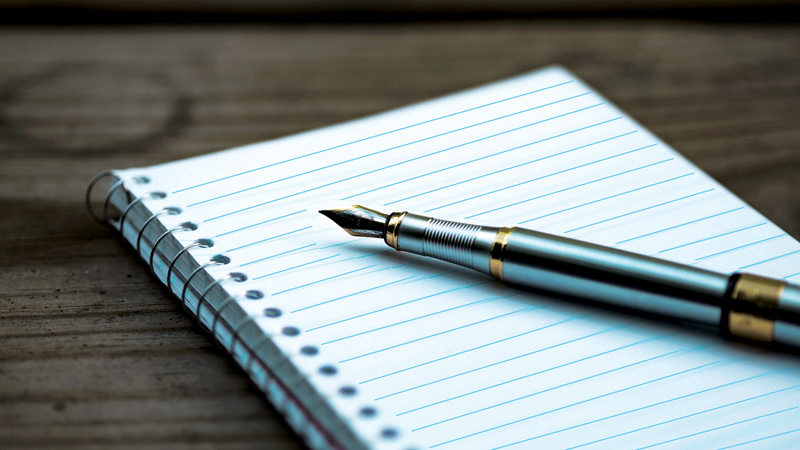

T V SARNGA DHARAN NAMBIAR -
Poetry is all pervasive. Anything can be poetry; even mathematics — in this case, it’s the poetry of logic, as Einstein noted. Of course, feelings and emotions matter much in poetry. But it’s a matter of language, and indeed it’s language which creates feelings. Any scope for disagreement with Umberto Eco?
The myriad feelings, as expressed in Arabic by the imaginative minds inhabiting the Middle East, offer an alternative reading of life, its struggles and hope.
When Omani poet Mohamed al Harthy writes: “No, I won’t talk about either of those cafés, but rather/about one I’ve dreamed of many times, though I won’t/be able to open it/in Shatti al Qurum, in Muscat, due to the lack of cash in my account—/as barren as our irrigation canals these days./Forget about how incapable I’d be/of running it/with even the hint of a smile/imported from Nepal/or the Philippines...” (translated from Arabic), we feel the power of raw feelings that outgrow semantics.
Oman has a proud poetry lineage whose roots can be traced to nomadic singing traditions. It’s significant in this context to note that two popular forms of Omani traditional songs — which are nothing but chanted poetry — now find themselves in the Unesco List of Intangible Cultural Heritage: al ‘azi and al Taghrooda. These are culturally rich oral traditions of singing as practised by the Bedouin communities.
Al ‘azi is a genre of sung poetry performed in the northern regions of the Sultanate of Oman, and strongly represents Omani cultural and musical identity. Designed as a kind of poetry contest involving sword and step movements and poetic exchanges (of improvised and memorized poems) between a singer poet and a choir, al ‘azi is noted for its large number of participants from one village or tribe. Al Taghrooda, poetry sung on horse or camel backs by the Bedouin tribes of Oman and the UAE, makes use of short poems that are improvised and repeated between two groups of riders. Poems are also chanted around campfires, and during festivals. It is also used to critically look at social issues.
These poetic traditions offer people ample opportunities to learn about their own history and appreciate traditional ways of life. They enrich the communities’ cultural and intellectual capital.
The UN took special note of how this oral chanting has historically contributed towards promoting the knowledge of the Sultanate’s intangible cultural heritage and enhancing awareness about its significance. It was a hard won recognition, made possible by the efforts of the Ministry of Heritage and Culture, and the Ministry of Education’s committee of education, culture and sciences.
But these are dying traditions, with no enthusiastic practitioners and followers. The heritage listing is expected to generate greater public awareness about their significance and help preserve such cultural legacy. We can’t but appreciate the UN’s project to protect and promote oral traditions, performing arts and social practises of diverse communities aimed at enriching the planet’s cultural stockpile (as against weapons).
But what about modern Omani poetry? The exposure and appreciation accorded to today’s Omani poets and their works leaves much to be desired. Oman has amazing poetic talents such as Saif al Rahby, Mohamed al Harthy and Zaher al Ghaferi, to name a few.
But, as a matter of fact, how many of today’s new-generation are inspired by Omani poets, and poetic traditions such as al ‘azi and al Taghrooda? Further, what are the literary avenues and platforms available for Omani poets to publish or recite their poems at the national and international levels? These are questions that need not necessarily be raised by the Sultanate’s literati alone.
At the international level, except a few initiatives such as the London-based Banipal magazine, hailed as the most open and democratic magazine of modern Arab literature; and a few online sites and blogs including the Poem Hunter and Poetry International, which offer global audience for Arabic poems through translations, there are no major literary platforms for the region’s poets. But here also we don’t see any significant Omani presence.
As noted by Samuel Shimon, the editor-in-chief of Banipal, Omani writers need good publishing houses, and foundations in Oman that can fund translation of Omani works into English and other major global languages.
Perhaps, what could excite Omani poets in a bigger way is the possibility of communicating with and being appreciated by their own people at community cultural gatherings, poetry forums and literary festivals.
Oman Observer is now on the WhatsApp channel. Click here



